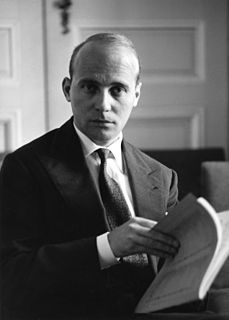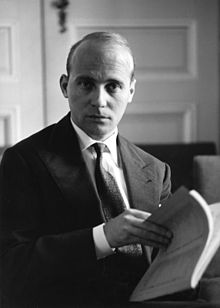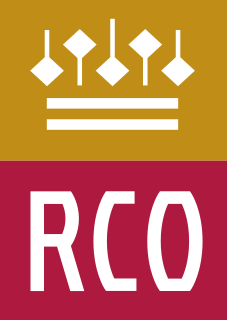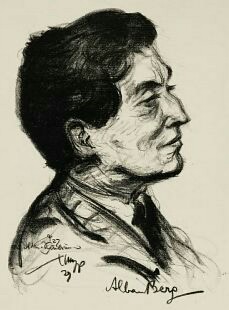
Alban Berg's Violin Concerto was written in 1935. It is probably Berg's best-known and most frequently performed instrumental piece, in which the composer sought to reconcile diatonicism and dodecaphony. Berg composed it on a commission from Louis Krasner, and it became the last work that he completed. Krasner performed the solo part in the premiere at the Palau de la Música Catalana, Barcelona on 19 April 1936, after the composer's death.

The Piano Concerto No. 21 in C major, K. 467, was completed on 9 March 1785 by Wolfgang Amadeus Mozart, four weeks after the completion of the previous D minor concerto, K. 466.
The Piano Concerto No. 2 in G minor, Op. 22 by Camille Saint-Saëns was composed in 1868 and is probably Saint-Saëns' most popular piano concerto. It was dedicated to Madame A. de Villers. At the première, the composer was the soloist and Anton Rubinstein conducted the orchestra. Saint-Saëns wrote the concerto in three weeks and had very little time to prepare for the première; consequently, the piece was not initially successful. The capricious changes in style provoked Zygmunt Stojowski to quip that it "begins with Bach and ends with Offenbach."
Conrad Arthur Beck was a Swiss composer.
The Concert Fantasia in G, Op. 56, for piano and orchestra, was written by Pyotr Ilyich Tchaikovsky between June and October 1884. It was premiered in Moscow on 6 March [O.S. 22 February] 1885, with Sergei Taneyev as soloist and Max Erdmannsdörfer conducting. The Concert Fantasia received many performances in the first 20 years of its existence. It then disappeared from the repertoire and lay virtually unperformed for many years, but underwent a revival in the latter part of the 20th century.
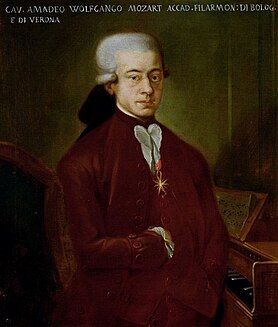
The Piano Concerto No. 6 in B-flat major, K. 238, was composed by Wolfgang Amadeus Mozart in January 1776. His Concerto No. 7 for three pianos and his Concerto No. 8 in C major would follow within three months. The three works share what Cuthbert Girdlestone refers to as a galant style.
The Piano Concerto No. 3 in E flat major, Op. 29 by Camille Saint-Saëns, was composed in 1869. The concerto is written in 3 movements. When the concerto was first performed by Saint-Saëns himself at the Leipzig Gewandhaus in 1869 it was not well received, possibly because of its harmonic experimentation. Saint-Saëns's third concerto is not as often performed as his famous second concerto, or the fourth or fifth concertos, but it is still an important addition to the piano concerto repertoire. It was dedicated to Élie-Miriam Delaborde, a pianist who is believed to have been the natural son of Charles-Valentin Alkan.
William Walton's Cello Concerto (1957) is the third and last of the composer's concertos for string instruments, following his Viola Concerto (1929) and Violin Concerto (1939). It was written between February and October 1956, commissioned by and dedicated to the cellist Gregor Piatigorsky, the soloist at the premiere in Boston on 25 January 1957.

The Sinfonia Concertante for Four Winds in E flat major is a work thought to be by Wolfgang Amadeus Mozart, for oboe, clarinet, horn, bassoon, and orchestra, K. 297b. He originally wrote a work for flute, oboe, horn, bassoon, and orchestra, K. Anh. 9 (297B), in Paris in April 1778. There is considerable debate about the relation of the work as it is performed today to this original work.
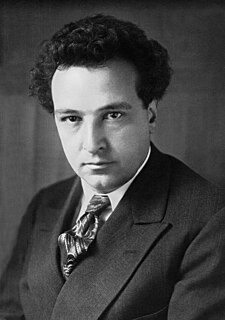
Concerto da camera is a concerto in three movements for the unusual combination of flute, English horn, and string orchestra written by Arthur Honegger late in his career in 1948.

The Concerto Grosso No. 1 was the first of six concerti grossi by Soviet composer Alfred Schnittke. It was written in 1976–1977 at the request of Gidon Kremer and Tatiana Grindenko who were also the violin soloists at its premiere on 21 March 1977 in Leningrad together with Yuri Smirnov on keyboard instruments and the Leningrad Chamber Orchestra under Eri Klas. It is one of the best-known of Schnittke’s polystilistic compositions and marked his break-through in the West.
Fantasia for Strings is a composition by German composer Hans Werner Henze. It was finished in 1966, as part of the soundtrack for Volker Schlöndorff's film adaptation of Robert Musil's novel The Confusions of Young Törless. This composition has been published by Schott Music.
The Oboe Concerto is a concerto for solo oboe and orchestra by the American composer Elliott Carter. The work was commissioned by the conductor Paul Sacher for the oboist Heinz Holliger. It was first performed in Zürich, June 17, 1988, by Heinz Holliger and the Collegium Musicum Zürich under the conductor John Carewe.
The Double Concerto for Oboe, Harp and Chamber Orchestra is a musical composition by the Polish composer Witold Lutosławski. It was commissioned by the conductor Paul Sacher for the oboist Heinz Holliger and harpist Ursula Holliger, Heinz's wife. The work was composed between 1979 and 1980 and was first performed by Heinz and Ursula Holliger and the Collegium Musicum Zürich under the direction of Sacher in Lucerne on August 24, 1980. The piece is dedicated to Sacher.
Ursula Holliger, née Hänggi, was a Swiss harpist, known for her commitment to contemporary music.
Symphony No. 2 by Hans Werner Henze was composed in 1949 and premiered on 1 December that year in Stuttgart by the South German Radio Symphony Orchestra conducted by Hans Müller-Kray. The symphony is dedicated to conductor Hermann Scherchen.
